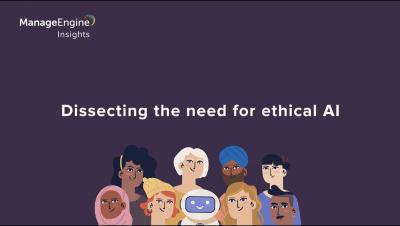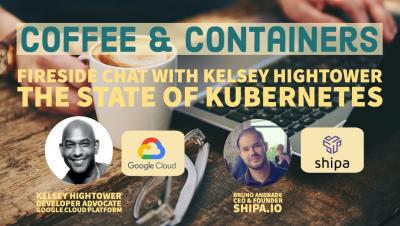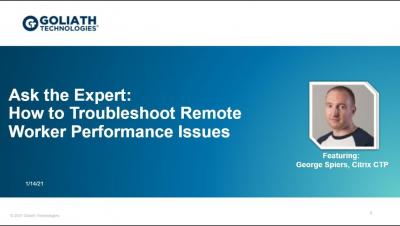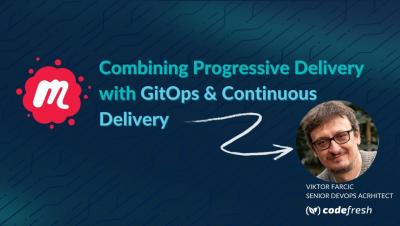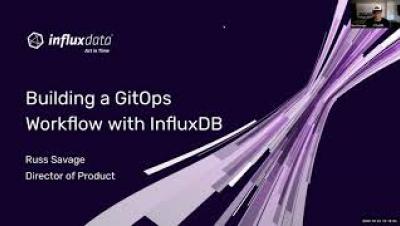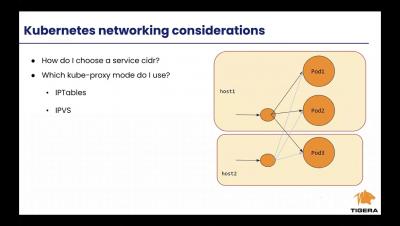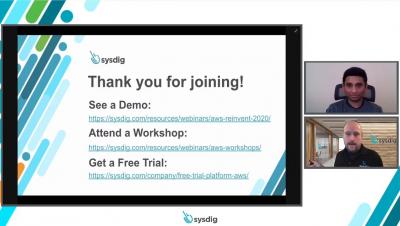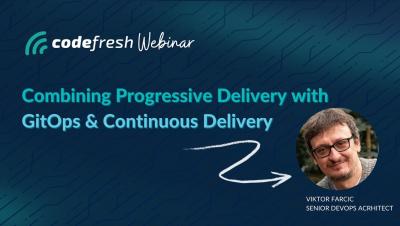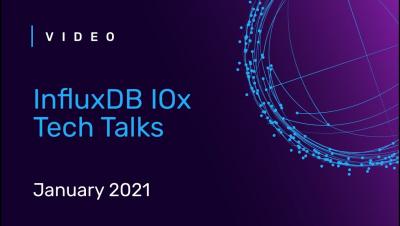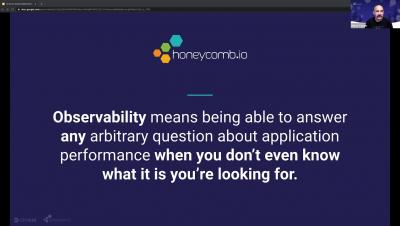Dissecting the need for ethical AI
Until recently, topics like data ethics and ethics in AI were limited to academic circles and non-profit organizations rallying for citizen data rights. Fast forward to 2020, and the scenario is very different; AI ethics has become a mainstream topic that's a top priority for big organizations. With data collection and processing capabilities growing by the day, it's become easier than ever to train machine learning (ML) models on this collected data. However, organizations have come to realize that, without building transparency, explainability, and impartiality into their AI models, they're likely to do more harm than good to their business. This podcast will explore why ethical AI is the need of the hour, and what key factors AI leaders should consider before implementing AI in their organization's ecosystem.


